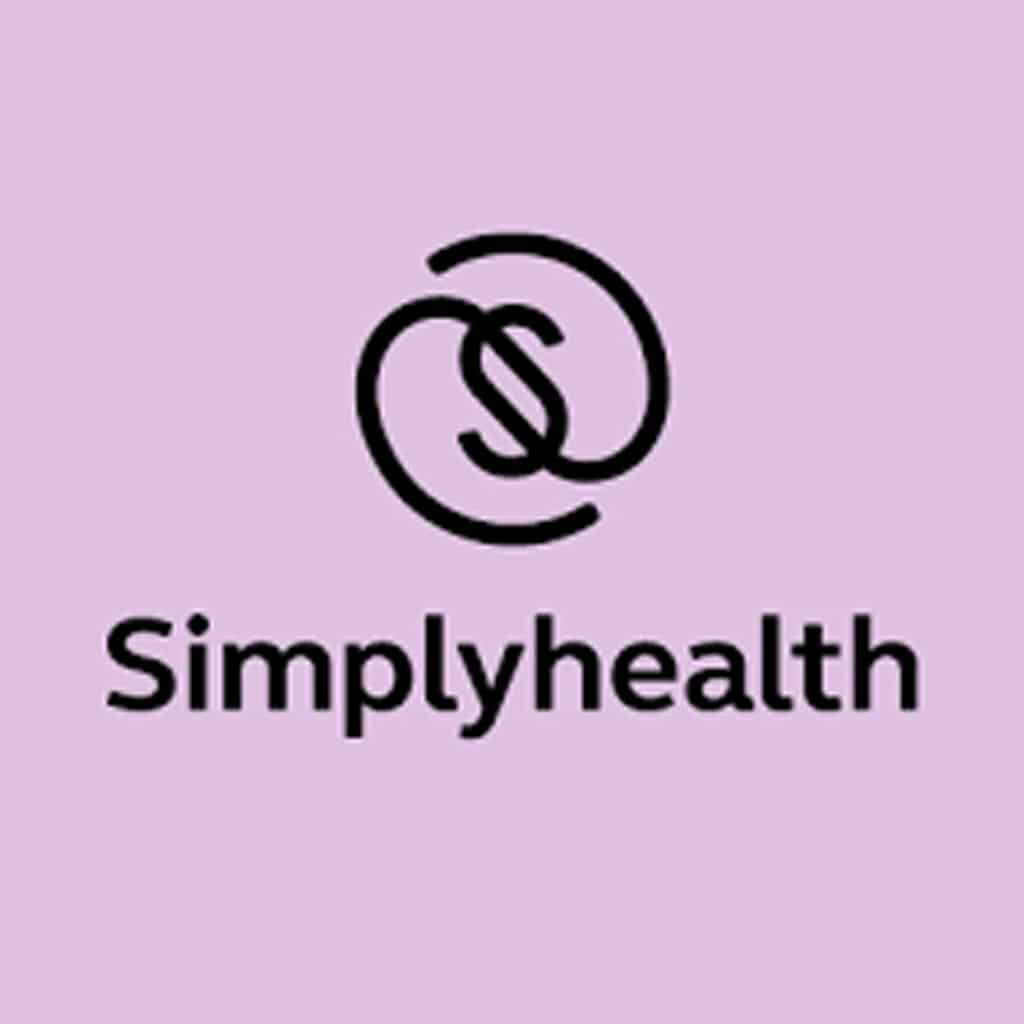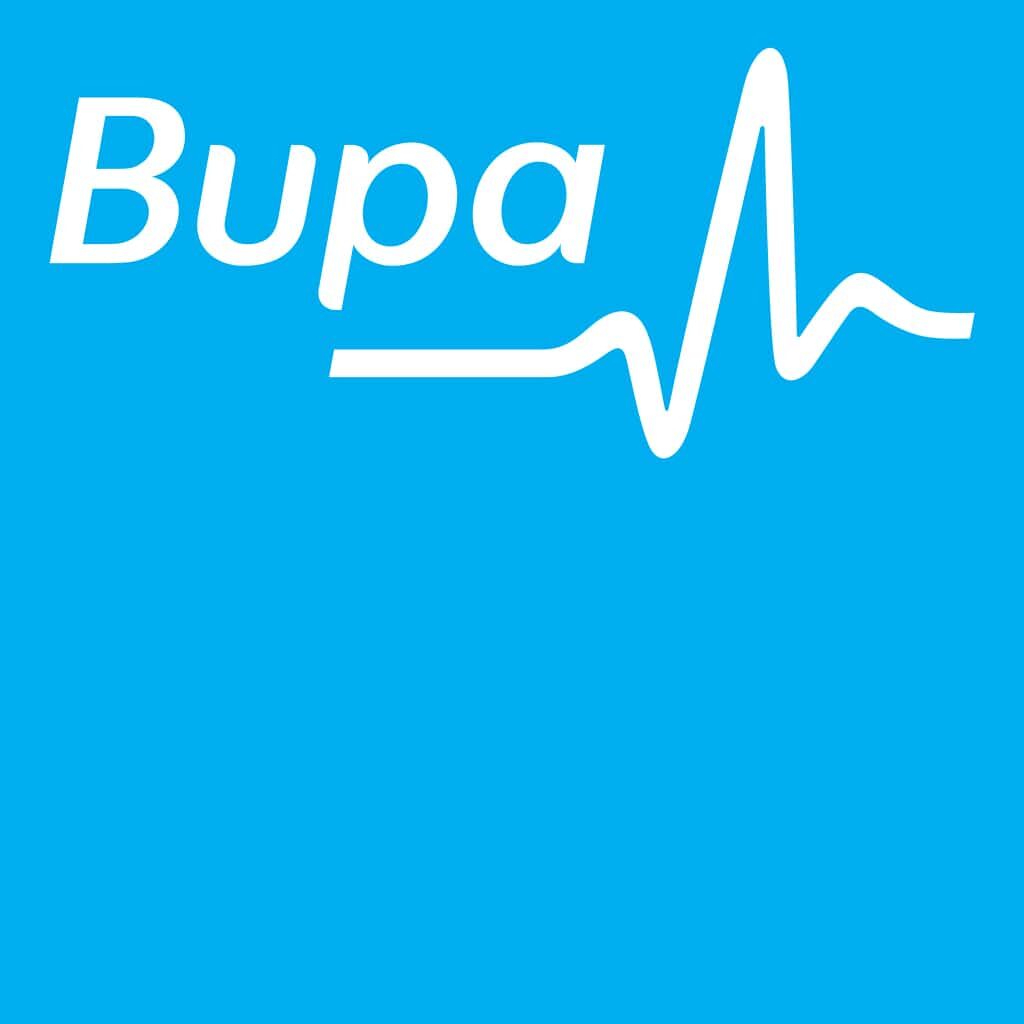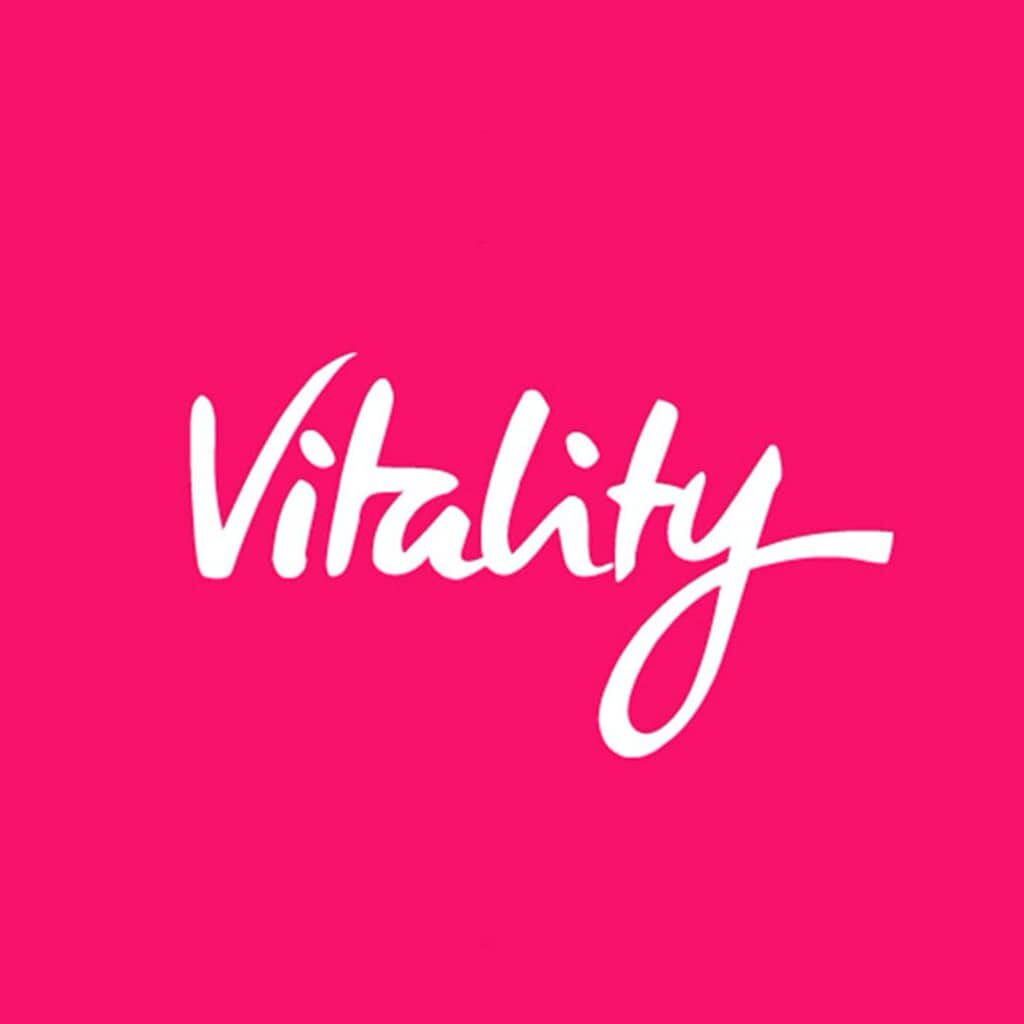By Gail Johnston
As we enter our fifth official week of lockdown in the UK, I’m very aware that many of you would have already been to see me or due to see me soon for ‘maintenance’ care. I mean those routine treatments that help prevent aches and pains from coming back.
Unable to help with a hands-on treatment, this blog is focussed on how you can manage pain yourself.
I mean recurrent, or chronic low-level pain, pain that is familiar to you, that you know comes and goes. If you have a flare up of old pain or any new pain, you should give me a ring to discuss this as I maybe able to help with specific advice or if necessary, ask you to contact your GP.
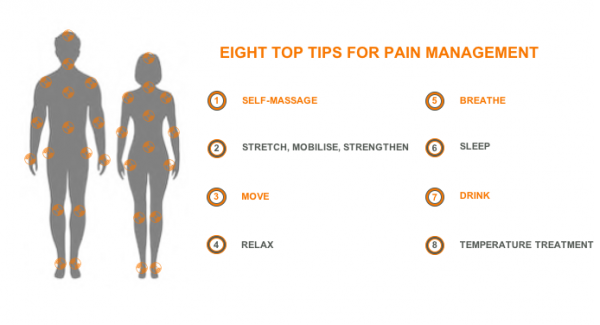
As always, for those that don’t have a lot of time – ultimately trying to manage your pain will require effort, discipline, frequency and may sometimes in itself hurt.
The above diagram highlights the 8 techniques that you can adopt at home to keep your pain under control. Below explores these in more depth, if you’re really short of time, I would like to make sure you know that I’m afraid point 7 refers to water – nothing stronger!
Make sure you go at your own pace and listen to your body, if you are ever in doubt please do not hesitate to get in touch with me before starting.
- Self-massage
Massage can be done without or with minimal equipment. It is a very physical way to manage your pain, and it is possible to massage yourself. Massage in its own right is incredibly complex but as a very brief summary, massage relaxes muscle tissue, improving circulation and blood flow. This reduces muscle tension and in turn will help reduce painful contractions and spasms.
The following link shows a simple way to relieve tension around your neck and shoulders. You need only your hands and a few minutes. Click here to view this video.
I know many of you will have a trigger point ball as massage with a hard rubber ball is something I often recommend but if you don’t a tennis ball will do the trick. The next link shows two videos – one with a neck and shoulder routine and one with an all-over broader routine to relief tension using a ball. View this by clicking here.
- Stretch, Mobilise, Strengthen
Stretch – Stretching and mobilising help keep you, your muscles and joints flexible and agile and can bring instant relief from pain and tension. Aim to stretch your neck, shoulders back, pelvic and leg muscles every day. 10 minutes a day is enough to make a big difference and is also a time to relax and switch off. Over a few weeks you will notice the benefit to your body.
Stretching link One – Neck stretches
Stretching link Two – Lower back and pelvis
Mobilise – a gentle form of exercise involving gentle body movements. Following this link will lead to exercises on the arthritis action website (an excellent source of information). These exercises can be done by all ages with or without arthritis.
Strengthen – a great way to prevent aches and pains (Read my previous blog on this topic here).
- Move
Don’t live on the sofa or at your work from home desk! Movement (and not just when exercising) is very important. Moving gets your heart beating and your blood flowing. During lockdown we are all undoubtedly moving less, whether you’re working from a makeshift office at home or filling time smashing through the boxsets.
Make sure you are regularly standing up (if sitting), sitting down (if standing), stretch, pace whilst you are thinking or on the phone, move around your house to make sure that your joints are moving, and blood is flowing. Blood flow helps oxygen and nutrients get to working cells throughout the body – especially those damaged or weakened muscles!
- Relax
Part of the issue with pain and stress is that it becomes self-propelling. If you’re experiencing pain it can lead to tension and stress. If your muscles are tense, then it will make them painful to move making it worse.
The purpose of relaxing in this context is to release muscle tension throughout your body. Learning to relax properly is a skill that has to be learned and requires commitment. There are many good books on relaxation and meditation techniques so have a good look on line. To get you started the above visual will link you through to some suggestions from the charity Mind.
- Breathe
A couple of weeks ago, I wrote another blog exploring the relationship between breathing, posture and anxiety. (You can read that by clicking here). your body needs oxygen and the more oxygen you feed your body and brain the better it will function. Without sufficient oxygen, your muscles will reduce glucose into lactate and release hydrogen ions into the muscles leading to pain and possibly cramps. As this process takes place you will start to feel lower and a good posture will be harder to maintain.
Both Alkaline Breathing and Square (or box) breathing our two techniques that can be adopted to ensure that your feeding your body the right levels of oxygen and achieving the right acidity levels. Wim Hof ‘The Ice Man’ is one of the most famous practitioners of alkaline breathing. Square breathing is a simple method of regulating a consistent and steady breathing pattern and is also a fun activity to do with the kids!
- Sleep
A poor sleep pattern is a common complaint from individuals with chronic pain. Lack of sleep can increase stress levels and inflammatory hormones, which make pain worse. Strategies for improving a poor sleep pattern include;
- Practise meditation which can reduce stress levels.
- Try and avoid napping during the day.
- Develop a sleep ritual which relaxes you before bed e.g. listen to relaxing music
- Avoid stimulating drinks in the evening and change your bedtime drink to a calming herbal infusion or a warm milky drink.
- Try box breathing or diaphragmatic breathing as you lay in bed to help you nod off
- Try guided imagery – close your eyes and focus on a mental picture, story or scene – it can be anywhere as long as it is relaxing. E.g. sitting on a beach feeling the waves lap at your feet – focus in detail on what you see, hear, touch feel.
In the current lockdown situation you should make good sleep more of a priority than ever, a lack of normal routine and/or daily stimulus will no doubt have an impact on sleep patterns so do everything you can to get enough good quality sleep.
- Drink
Before you start reaching for a glass of wine or beer, this of course relates to water! A resource that we take very for granted on a daily basis, but water really will help you.
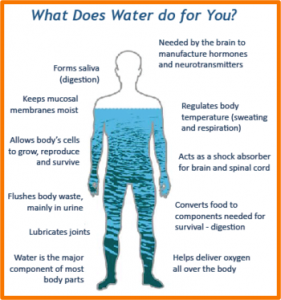
Up to 60% of the human body (adult) is water. We are constantly losing water so we need to make sure we replace it.
The diagram to the left is from the USGS website and demonstrates the various roles that water has within your body.
The daily recommended intake for an adult is at least 2 litres. Its advised that the 2 litres are drunk periodically throughout the day for maximum effect.
- Temperature treatment
Ice or heat, heat or ice? There is a great deal of debate as to which is best, but both have a role to play when it comes to temperature therapy.
Heat helps soothe stiff joints and relax muscles so if you are feeling tense in your neck and shoulders or in your lower back make a hot water bottle or heat up a wheat bag and place it over your clothing on the affected area. It may even help relieve a tension headache.
But what about ice? On the whole heat is likely to be better for the type of muscles tension aches and pains we are talking about here. However, you may find an ice pack helpful for achey joints, you can experiment by using an ice pack wrapped in a tea towel for 10 minutes on then 10 minutes off for 2 or 3 cycles around an achey joint particularly if it is swollen and inflamed eg a knee with arthritis. An ice pack on the forehead can also be helpful if you are suffering from a migraine.
Some people find it beneficial to alternate an ice pack with a heat pack. You can experiment to see which works best for you.
Be mindful of skin sensitivity and don’t put either ice or heat directly on your skin. Do not use ice for more than 10 minutes at a time. It is normal to see some redness on your skin after both methods but be careful of skin irritation and stop if you are not sure.
OVER TO YOU
Now it’s over to you. Don’t put yourself under pressure to implement all 8 methods at one. Choose the one that appeals to you the most or that is easiest to implement and gradually work your way through the others. Lots of little steps will help you to make big change.
As always if you’re unsure or would like any more information, please do not hesitate to contact me on gail@twyfordchiropractic.co.uk or call 01962 717817. Alternatively, below are some links through to some additional learning.
RESOURCES AND ADDITIONAL READING
Do it yourself! Powerful self-massage techniques. An article by Rosemarie Wicks for the School of Natural Health Sciences.
Exercises. A collection of exercises from Arthritis Action.
Standing desks: Spending more time on your feet doesn’t have to mean back pain or sore legs. An article by Cathy Johnson for ABC Health & Wellbeing.
Relaxation. Top and exercises to help you relax by Mind Charity.
Box Breathing. An article by Ana Gotter for Healthline.
20 Simple tips that help you fall asleep quickly. An article by Arlene Semeco for Healthline.
This importance of hydration. An article by Johanna Highett for BDA The Association of UK Dietitians.
Heat and cold treatment: Which is best? An article by Yvette Brazier for Medical News Today.


